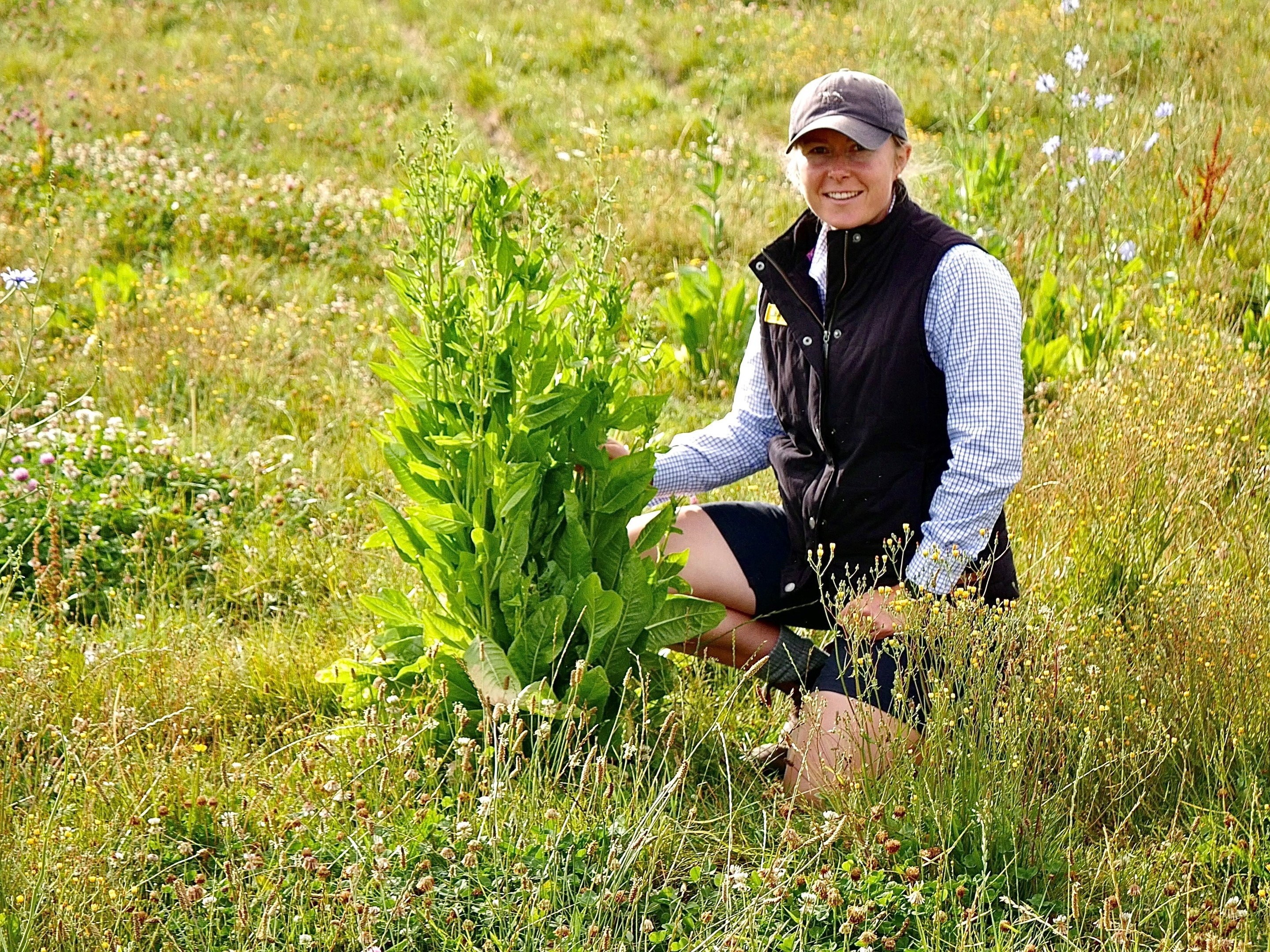Don’t delay, chicory must now make way for new grass
If your summer chicory looks fantastic at the moment, probably the last thing you want is to spray it out to prepare for sowing new perennial pasture.
What a waste of great feed, right? In fact, why spray it out at all? Why not carry it over winter to feed stock next summer?
Local agronomist Becky Reith is no stranger to such comments, especially in dry autumns, when 501 Chicory is often the only green feed on otherwise brown farms.
However, she’s also no stranger to what happens when these annual crops are sprayed out late, poorly, and/or not at all, and the story rarely ends well.
At best, dry matter yield and persistence for new pasture sown after 501 is compromised; at worst, farmers end up growing next to no feed through winter, followed by poor chicory yield and quality the following summer.
Becky, from Barenbrug, agrees spraying out a crop when it is still green and lush can go against the grain.
“501 might still be growing 40-60 kg DM/ha/day in autumn. With reasonable moisture, daily growth could be 80-100 kg DM/ha. It can be very tempting to hang on for another grazing.”
Her advice? When you’re looking at that chicory, remember the crop has already filled its purpose (feeding animals through summer), and visualise it next to a huge volume of high quality grazing.
It’s a valid comparison: Well-established perennial pasture sown in autumn can grow 10-15 tonnes DM per ha, every year, far more than one extra grazing of chicory.
But new pasture can only achieve this if it is sown on time, with a clean start, free of competition.
That means spraying chicory in March, regardless of how good it looks. The longer you delay, the cooler and shorter the days become, and the slower new pasture gets going, particularly clover.
Slow establishment means smaller, weaker plants heading into winter, setting up reduced production in spring and vulnerability to dry conditions the following summer.
Another key reason to spray chicory while it’s still growing well is the herbicide needs adequate leaf area to land on so it can kill the plant properly.
“You really don’t want large numbers of chicory plants popping up through new grass and clover. It might seem like a bonus but it’s not. They will disappear and when they do, they leave behind gaps for weeds and summer grasses.”
So what happens when farmers carry 501 Chicory over for a second year summer crop?
“Usually not a lot, which is the problem! Chicory doesn’t grow in winter, so you lose paddocks from the round. And in some winters, disease will kill it.
“Even if you do get it through winter, second year chicory isn’t nearly as good. It will go to seed, with large poor quality stems, and become harder to manage.”
Caption: Well past their prime: Becky Reith, with second year chicory plants.


